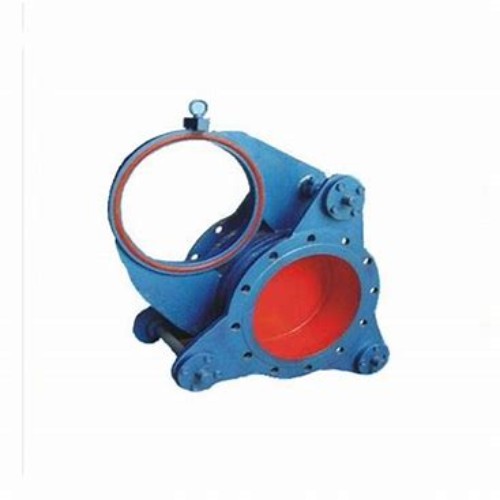Understanding the Functionality and Advantages of Three-Way Ball Valves in Fluid Control
Understanding 3-Way Ball Valves The Versatile Component in Fluid Control
3-way ball valves are critical components in many industrial systems, providing versatility and efficiency in fluid control. With the capability to control the flow of liquids and gases in multiple directions, these valves are essential in a variety of applications, from chemical processing to water treatment and beyond.
What is a 3-Way Ball Valve?
A 3-way ball valve features a hollow, perforated, and pivoting ball that allows or restricts flow through three different ports. Unlike standard two-way valves that only manage flow in and out, the 3-way design enables the redirection of flow between two outlets. This unique capability allows users to mix, divert, or shut off flow, making it an indispensable tool in systems requiring flexible flow management.
Types of 3-Way Ball Valves
There are typically three configurations for 3-way ball valves L-port, T-port, and multi-port
.1. L-Port 3-Way Ball Valve This type is designed to allow flow through two ports while blocking the third. It is commonly used for diverting flows between two different paths, making it ideal for applications like mixing or diverting fluids.
2. T-Port 3-Way Ball Valve The T-port valve has three ports arranged in a 'T' configuration, allowing fluid to flow through any two of its three ports simultaneously. This feature is particularly useful for applications requiring blending of two different media.
3. Multi-Port 3-Way Ball Valve Similar to the T-port, multi-port valves provide increased flexibility, allowing for more than three connections. These valves are excellent for complex systems with numerous pathways.
Advantages of 3-Way Ball Valves
3 way ball valve

3-way ball valves offer several advantages that contribute to their widespread use across various industries
- Versatility Their ability to manage multiple flow paths makes them suitable for a diverse range of applications, including heating systems, water treatment facilities, and chemical processing. - Simple Operation Depending on the design, operating a 3-way ball valve can be either manual or automated. Manual valves require simple lever or handle operation, while automated versions can be integrated into sophisticated control systems for remote operation.
- Tight Sealing 3-way ball valves provide a secure seal when closed, minimizing leakage and thus improving system efficiency. The ball mechanism naturally compresses against the valve seats, providing a tight closure.
- Durability and Longevity Constructed from robust materials such as stainless steel, brass, or plastic, 3-way ball valves are made to withstand high pressure and corrosive environments, ensuring longevity even in challenging conditions.
Applications of 3-Way Ball Valves
The applications of 3-way ball valves are vast and varied. In the chemical industry, they are used to control the flow of different chemicals, ensuring proper mixing and application. In HVAC systems, they direct hot or cold fluids, optimizing energy efficiency and comfort levels in buildings. Additionally, in the water treatment sector, 3-way ball valves facilitate the distribution of water and the mixing of different treatment chemicals.
Installation and Maintenance
Proper installation and maintenance of 3-way ball valves are crucial for their optimal performance. Installation should be performed according to the manufacturer's guidelines, ensuring that the valve is oriented correctly and properly connected to the system. Regular maintenance, including inspections for wear and tear, cleaning, and lubrication of moving parts, can significantly extend the life of these valves.
Conclusion
3-way ball valves are a versatile and efficient solution for fluid control in various industrial applications. Their unique ability to manage flow in multiple directions makes them invaluable in systems that require flexibility and reliability. Understanding their configurations, advantages, and applications can help industries leverage these components to enhance operational efficiency and performance. As technology advances, 3-way ball valves will undoubtedly continue to evolve, further solidifying their role as essential parts of modern fluid control systems.
-
The Key to Fluid Control: Exploring the Advantages of Ball Valves in Industrial SystemsNewsJul.09,2025
-
The Versatile World of 1, 2, and 3 Piece Ball ValvesNewsJul.09,2025
-
Stainless Steel Ball Valves: The Ideal Choice for Efficient Flow ControlNewsJul.09,2025
-
Optimizing Fluid Control with Ball Float ValvesNewsJul.09,2025
-
Manual Gate Valves: Essential for Control and EfficiencyNewsJul.09,2025
-
Everything You Need to Know About Butterfly ValvesNewsJul.09,2025
-
The Versatility of Wafer Type Butterfly ValvesNewsJul.08,2025




